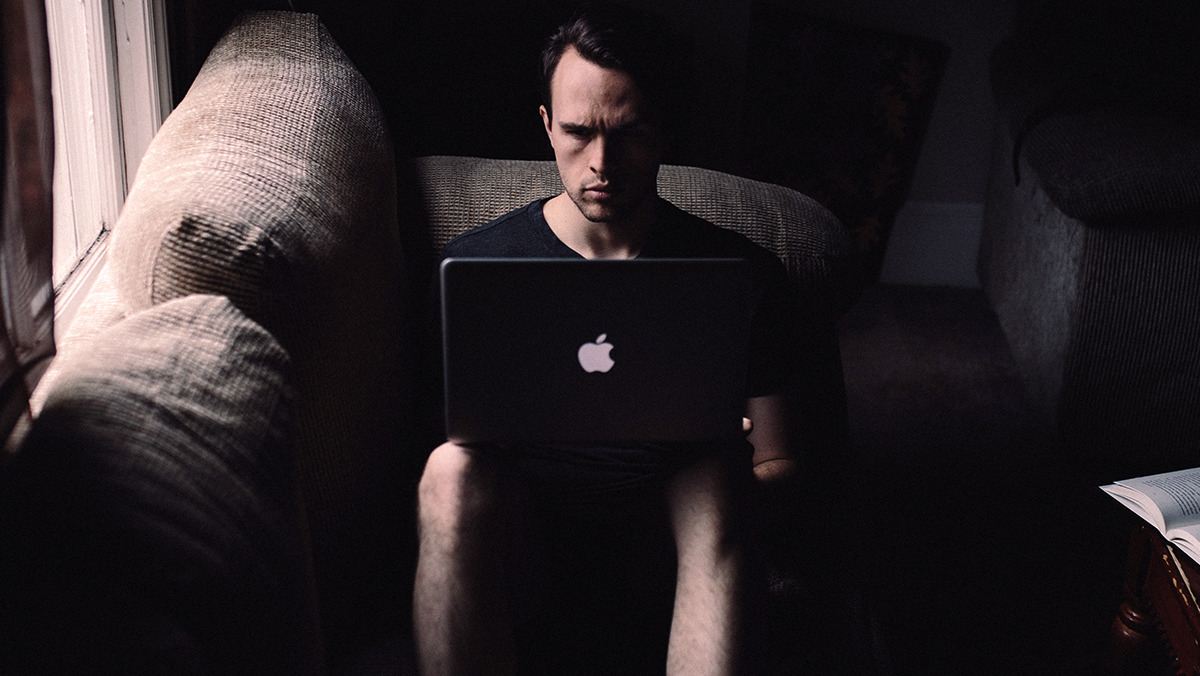
At the start of 2020 – despite ongoing commentary about the importance of flexibility in the employment landscape, not to mention the multi-layered demands of the modern workforce – it was really only organizations with a certain operating model (or personality) that truly supported working from home (WFH).
There were, undoubtedly, business owners who knew colleagues would appreciate the WFH option, but they simply couldn’t trust it to be effective. Surely productivity would dip, wouldn’t it? Employees were bound to get distracted with jobs that needed doing around the house, weren’t they? Maybe there’d even be some who would slack off entirely if they were left to their own devices.
But don’t these fears say more about the company – or certainly its leadership – than they do the WFH practice itself? Because, when Covid-19 hit, everyone realized they needn’t have worried. If brands had innovation running through their DNA, they continued to find ways to be innovative. If they had cultures rich with authentic camaraderie, colleagues dug deep to support each other, whether they were in the same building or not.
Of course, there were organizations that had to undergo significant behavioral change, to survive, but they adapted – even if under duress – and now won’t look back.
Companies that did struggle the most with the mass shift to WFH, were perhaps those with more fundamental challenges to contend with, in the first place. In other words, working from home wasn’t to blame.
Is WFH a panacea?
But this isn’t to say WFH is a panacea.
Research from the Institute of Directors suggests that 74% of businesses intend to maintain permanent home-working policies moving forward. However, the IoD’s director of policy, Roger Barker, also reportedly stressed that: “Working from home doesn’t work for everyone, and directors must be alive to the downsides.”
And this is the crucial point.
The UK’s lockdowns have proved that businesses don’t grind to a halt without a physical, brick-and-mortar presence. Productivity doesn’t fall off a cliff. Employees don’t suddenly go rogue.
But it has been challenging, even for tight-knit, forward-thinking, and trusting brands.
The ‘softer stuff’
What about the ‘softer stuff’? Particularly, in the earlier years of our careers, we learn not just from education and formal training, but observation too. We listen in on conversations, soak up the behavior of others, witness responses, benefit from context, and make mistakes. It’s all part of finding our feet.
So, while we can take steps to encourage this same dialogue when working disparately, not only does it feel a little forced, but experiential learning is undoubtedly jeopardized. The times when we’d typically pick the brains of a colleague, allay fears, share an idea, or even overcome a feeling of embarrassment, don’t really exist anymore – not as naturally, anyway.
This lost dynamic is a real shame, not to mention a worry. It could really impact the fulfillment and progression of colleagues, particularly those in the earlier chapters of their careers. We only have to look at research conducted by Engine Insight, who discovered that Gen Z and millennial workers are suffering the most from this new world of work, to see that it’s already happening.
This isn’t just an experience or seniority debate though. Some of it is simply about what drives us in the world of work. What we relate to. What makes us feel safe, content, and stimulated.
And so many of these needs are satisfied by an organization’s culture.
Is culture at risk?
This isn’t to say that remote working has completely eroded culture – on the contrary, we’ve seen some fantastic examples of brands digging deep and demonstrating real authenticity when it comes to their sense of purpose, principles, and personality. And these three Ps are often what attract people to want to work for a business in the first place.
But the three Ps are usually reinforced in so many ways, from the social interactions we have to the way we make decisions and even the surroundings we enjoy in the workplace. So, in the absence of these elements – which ordinarily move us all forward in a cohesive direction – it’s naturally harder for individuals to keep a collective culture front of mind and alive.
That’s not to say it’s impossible, providing leaders are alert and continue to exert more effort than ever, to maintain their cultural integrity.
The longer people work from home permanently, the more they’re likely to seek different things from their employers. The ability and agility to adapt to these changing employee needs could prove the difference between safeguarding their engagement and loyalty, or not.
So, company culture isn’t necessarily at risk, but it could be facing a turning point. And once again, authenticity will stand brands in good stead.
Cover image source: Andrew Neel
